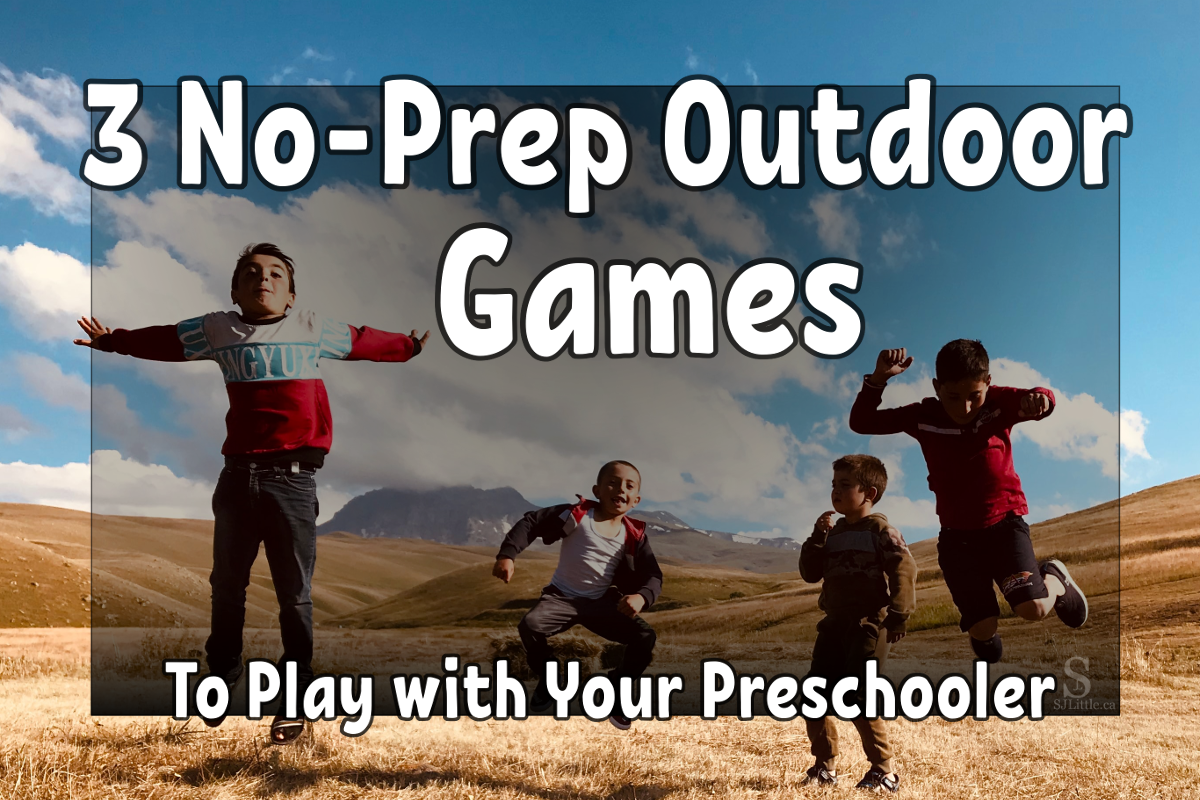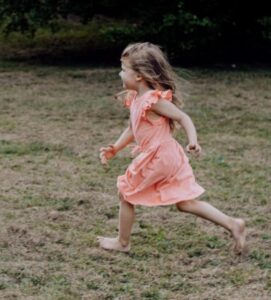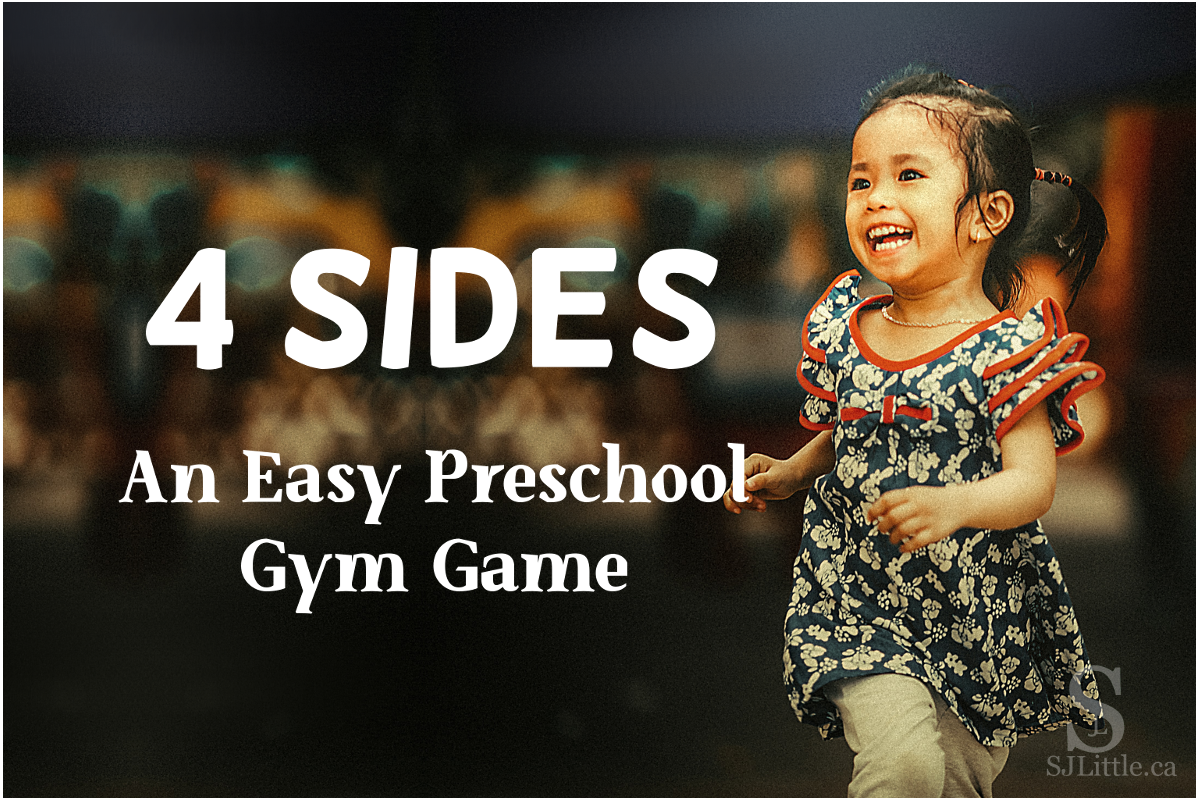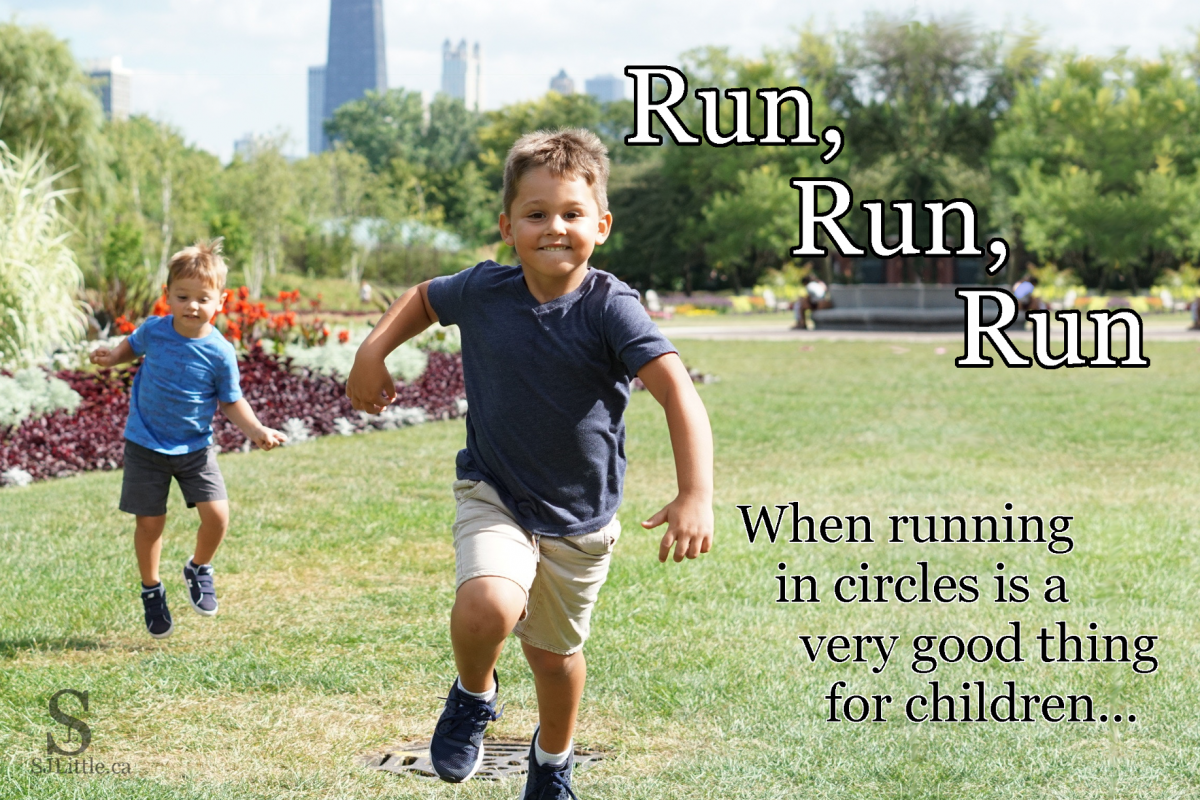The Running in Circles Strategy
What’s the strategy? It’s very simple really. Let your children run in circles. Not only that, but encourage them to do so.
Let me explain.
The vast majority of preschool schedules include a segment of time for gross-motor play, such as running and jumping. Most preschools call this gym time.
Different teachers handle this time differently based on their children, space, and the materials available to them. Some teachers put out a variety of toys from balls to tricycles and consider gym time as free play. Others plan structured games, such as Red Light/Green Light, for the entire length of gym time. Still other teachers will go halfway in between with some structured time and some free play.
I have worked with teachers who do gym time in all three ways. Letting children run in circles can be done in any type of gym time.
Why Circles?
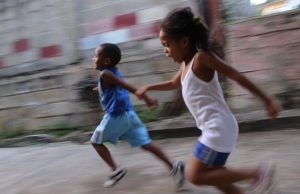
By running in circles rather than to a wall and back, the children can run at their own pace. Faster children might run 5 laps while slower children may only run 2 laps. No one has to wait for the slower ones to catch up, and everyone has fun together.
What it Looks Like
How does this look in my gym class? I’m glad you asked.
As the children arrive in the room used for gym, I have them stand (or sit) in a particular place. Typically, I use a wall or a line on the floor for them to stand along. Always beginning gym time this way eliminates a large amount of chaos, which can come from transitions.
Once everyone is lined up, I like to do some sort of warm-up whether stretches or singing a standing up song, such as Head and Shoulders.
That done, I tell the children to run in circles around the room.
The first few weeks I find it helpful for me to run with the children, modelling one large circular track around the room. I make sure I’m excited about it and encourage them to join me. As they become accustomed to this, I can simply encourage them to run, while I stand in the middle. However, I don’t stay standing long. To increase their endurance more, I wait until they start losing steam, then I join them by running in circles too. This typically spurs the children on for another lap or two.
Benefits
What is the point of this strategy?
I have seen two tangible results in my classes.
First, the children’s endurance improves. One class of two and a half year olds, whom I implemented this strategy with, noticeably improved their endurance in a couple months of running in circles once a week. They also appeared to greatly enjoy running after the first few weeks.
Second, in running those laps, the children burn through some of their hugely abundant energy and then are more ready to play structured games such as Red Light/Green Light.
Those are just from my observations. Many studies and personal testimonies exist about the benefits of physical exercise for children, such as the following links:
The Daily Mile – Scotland school fights obesity with exercise https://www.youtube.com/watch?v=XtxuwC6lbQQ
Active Kids, Active Minds | Kathleen Tullie | TEDxNatick https://www.youtube.com/watch?v=HsyHmLPApPI
Aren’t Standard Games Enough?
Various structured games do get the children moving which is excellent. I, however, still like to have the children run in circles prior to playing structured games. This helps them focus on following the instructions later. Also, the children who struggle most to follow the dos and don’ts of a structured game are often the very children who need to run the most. Running in circles is easy and doesn’t require following complicated instructions. Besides this, many structured games do not keep the children at a high level of physical activity the same way simply running does.
Running in Circles at Home
Parents, did you know there are many ways of encouraging your children to run in circles at home too?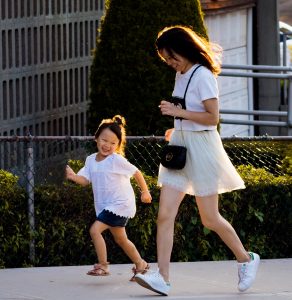
You can take them to the back yard and encourage them to run laps around it. For older children, you can have them run around the outside of the house.
If you have a house like the one I grew up in, you may have a circular path in your house that can be used for running on days too cold to go outside.
Motivation can be tricky when it comes to encouraging your child to run at home. Your child will likely enjoy it more if you or another child runs with them. If you aren’t able to run with them, for older children, you could try timing them. How long does it take to run 5 times around the yard? Can they do it faster tomorrow?
Conclusion
We often hear how important physical activity is, but can find it tricky to include in our children’s day. Thankfully, it doesn’t have to be complicated. It can be as easy as running in circles.



